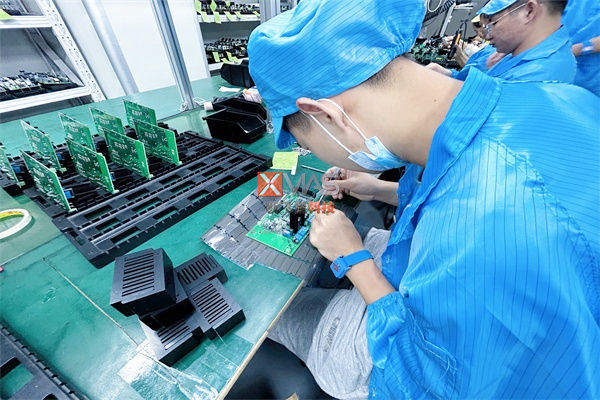In the daily production of the PCBA factory, it is occasionally encountered that the processed PCBA has defects. These defective boards cannot be shipped directly and must go through a repair process, which will be handled by a professional PCBA maintenance engineer. Only after confirming that there are no errors can they be shipped. However, not all repaired boards can be successfully repaired. In response to this situation, the PCBA factory has a clear set of rework and repair guidelines.
Firstly, all rework and repair operations must follow certain regulations and procedures and cannot be carried out arbitrarily. These regulations and processes must be supported by clear documents and carried out in accordance with relevant approval procedures. In addition, the operation of rework and repair must also follow a specific process procedure to ensure the accuracy and consistency of the operation.
Secondly, there is a limit to the number of rework times for PCBA solder joints. The number of rework times for each welding point shall not exceed three to prevent damage to the welding area. If multiple rework is required, appropriate measures must be taken to protect the welding area.
Thirdly, components removed from damaged PCBA should not be reused in principle. But if it needs to be used, it must be screened and tested according to the original electrical and process performance of the components, and only when it meets the requirements can it be installed. This can ensure the performance and quality of the components, while also complying with safety regulations.
Fourthly, during the repair process, there are limitations on the disassembly operation of each solder pad. Each printed solder pad should only be soldered once. This is because the thickness of intermetallic compound (IMC) in a qualified solder joint has a certain range (1.5-3.5 µ m). If a solder joint is desoldered multiple times, its IMC thickness will increase, even reaching 50 µ m, causing the solder joint to become brittle and the welding strength to decrease. Under harsh conditions such as vibration, this type of solder joint poses serious reliability risks. In addition, if the desoldering temperature is not high enough, IMC cannot be removed.
Fifthly, there are clear requirements for the bow and torsion of surface mounted and mixed mounted PCBA after processing, assembly, and welding. The bending and twisting degree should be less than 0.75% to ensure the stability and reliability of the assembled parts.
The total number of repairs for a PCBA assembly is limited, usually limited to six. Excessive repair and modification may affect the reliability and stability of components. Be sure to pay attention to this when performing repair operations.


